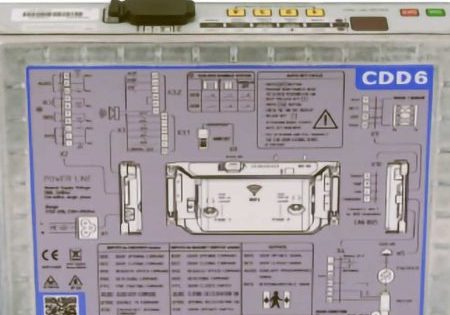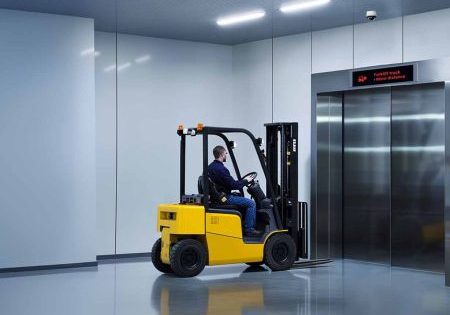Safety and Urgency: A Careful Balance
Mar 1, 2025
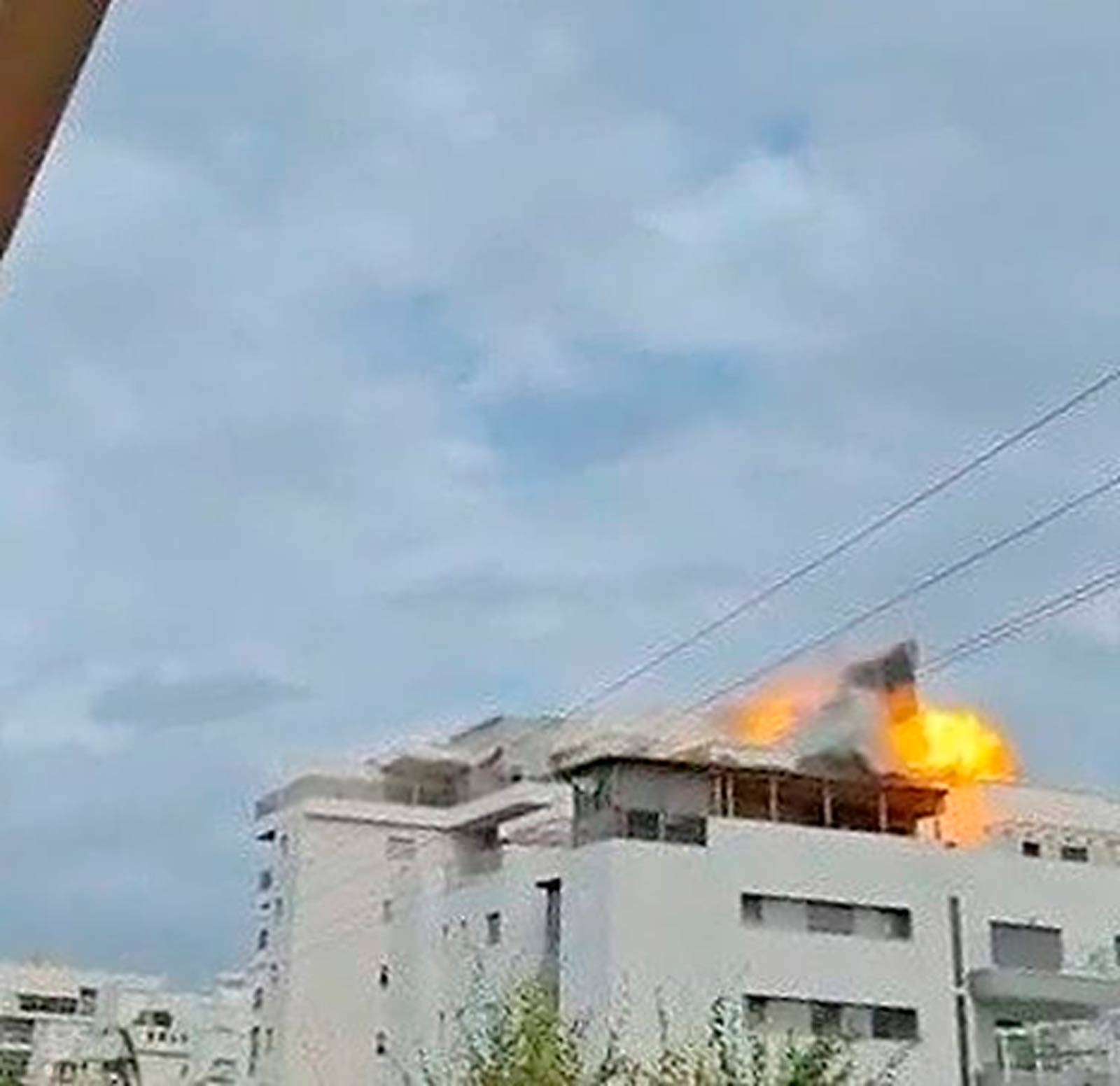
Elevator inspections during rocket attacks
Imagine you’re busy in the middle of your day-to-day routine when, suddenly, an air raid siren goes off. Within seconds, everyone runs for shelter. This has become a harsh reality for millions in Israel since October 7, 2023, when a war erupted following a massacre committed in southern Israel by the Hamas terrorist organization, which claimed the lives of more than 1,000 Israelis. Rockets and missiles rain down indiscriminately, disrupting lives and leaving destruction in their wake. Amid this chaos, a critical — but often overlooked — aspect of recovery begins: ensuring that damaged buildings, including their elevators, are safe to use.
Response After a Rocket Strike
After a rocket strike, the military clears the area of hazardous debris. Then, teams coordinated by state authorities and local emergency services arrive at the impacted sites to assess the damaged structures.
In our field of interest — elevator safety inspections — these teams include elevator safety inspectors, representatives from elevator service companies, structural and civil engineers and others.
Case Study: Inspection After a Rocket Strike
In the making of this article, I met with one of my colleagues, Eng. Erod Barnea, a third-generation elevator inspector and the CEO of Tiva Engineers, one of Israel’s leading elevator engineering firms. He shared his experience of inspecting a building where a rocket hit the roof very close to the elevator machine room:
“Upon arrival, the team found that access to the roof was completely destroyed. Firefighters and Home Front Command personnel worked to clear the debris, enabling the team to reach the roof and machine room. Remarkably, the walls of the elevator’s machine room remained intact, though the blast caused significant damage: Cracks lined the walls, the ceiling was partially shifted and featured a large hole (ever seen a machine room with a sunroof?) and the elevator motor had moved approximately 5 cm to the side. This was evident from dust marks on its concrete base and, upon looking down into the shaft, from the visible misalignment of the suspension cables angling toward the car.”
In this case, as the impact was limited to the roof and didn’t penetrate the building interior, the elevator landing doors on all floors remained undamaged. Upon inspecting the shaft, additional cracks were found and the upper guide rails were distorted with a noticeable reduction in the DBG, or distance between guides, at the top.
Despite the pressure from residents and municipal representatives to activate the elevators, Erod emphasized that substantial repairs were clearly required before any safe operation could be considered.
Balancing Safety and Urgency
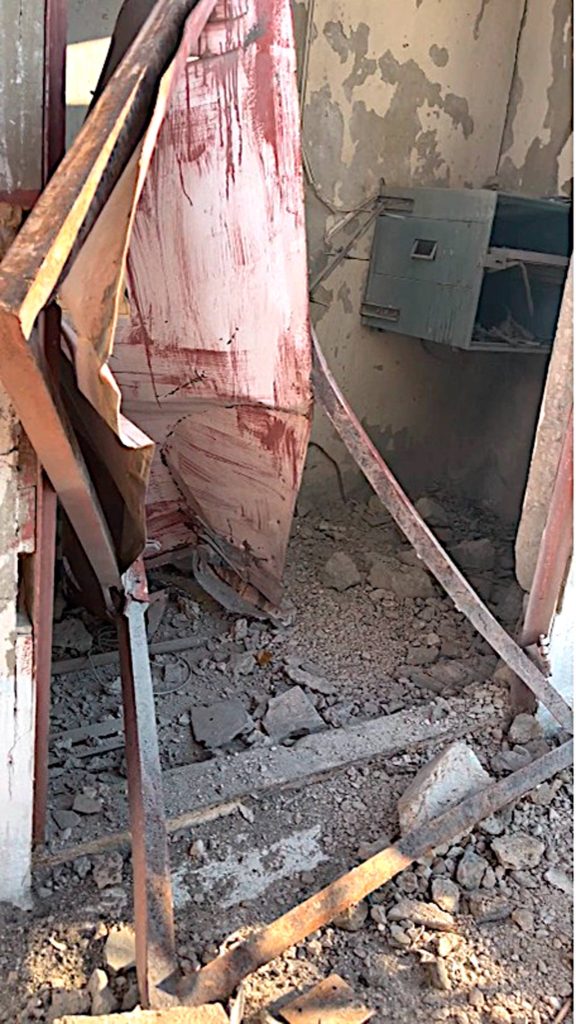
Following every rocket strike, if structural engineers deem the building habitable, there is immense pressure to restore elevator functionality. Many buildings house disabled or elderly residents who depend on the elevators to return to their homes, and significant equipment needs to be transported for repair efforts. The demand for a functional elevator is urgent. However, the elevator safety inspector must resist this pressure to ensure the safety of all users.
Challenges of Inspections During the War
Inspecting elevators during such times is challenging, even without dealing with damaged buildings. Since October 7, 2023, thousands of rockets and missiles have been fired at Israel by Hamas and other terrorist groups from Gaza, Hezbollah from Lebanon, the Houthis from Yemen and Iran’s Revolutionary Guards. Unfortunately, as an elevator safety inspector, I have found myself in elevator shafts during air raid sirens. While elevator shafts are relatively safe — typically constructed from 20-cm-thick concrete — a direct rocket strike on the building or shaft can turn it into a death trap for anyone inside due to falling debris.
In Israel, the time to reach a shelter during an air raid ranges from “find shelter immediately or lie down now” to “90 s to reach a protected area.” I always ensure I know the time available. If I had 90 s, I could usually reach a safe zone on the lower floors. When there wasn’t enough time, I would stand on the elevator car near the landing door, ready to jump out if a direct hit seemed imminent. Thankfully, I never had to jump.
The Importance of Thorough Inspections
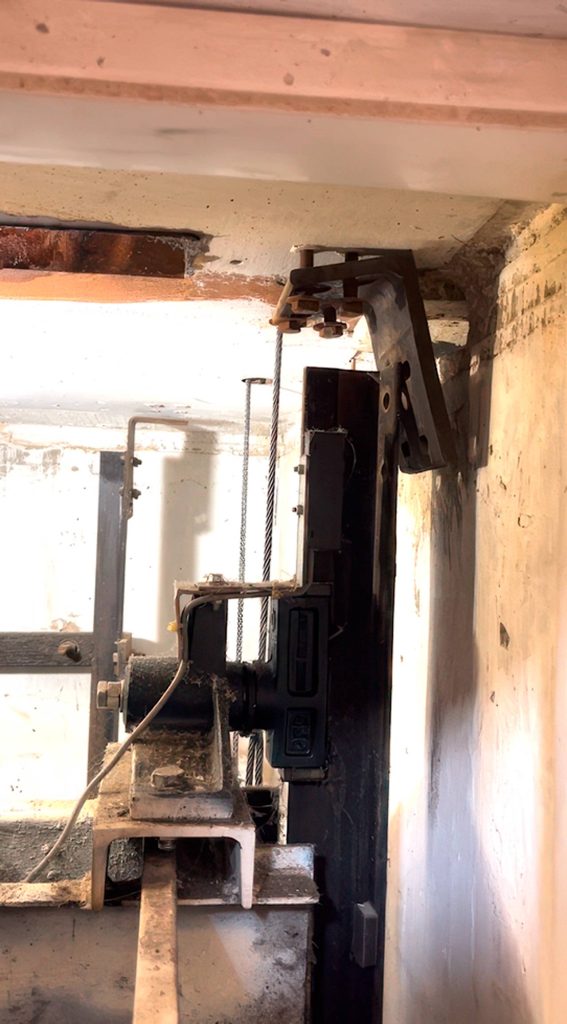
Thanks to Israel’s advanced air defense systems, most rockets are intercepted, reducing direct hits on buildings. However, even intercepted rockets leave debris, which can still cause damage if it strikes a building. Despite this, every impacted structure requires thorough inspections of its infrastructure — especially the elevators — before they can be safely reactivated.
In Israel, the Ministry of Labor’s Safety Administration oversees elevator safety inspections. Surprisingly, there are no specific guidelines for inspecting elevators after rocket strikes. Instead, we rely on protocols for post-earthquake inspections, as the damage is often similar: structural integrity concerns, cracks, displaced equipment like motors, deformed components like guide rails or broken guide shoes.
The Unique Damage From Rocket Strikes
The difference between earthquakes and rocket strikes lies in the blast wave. Rocket strikes, in addition to structural shocks, often cause significant blast damage. One common observation is elevator doors and frames being torn from their positions, either thrown into the shaft or outward, depending on the blast’s location.
Unity in Adversity
This war has united Israel’s diverse population — Jews, Arabs, Druze, Christians and others — against a common enemy. Each individual contributes to the national effort in their own way. We, as elevator safety inspectors, play our part by ensuring the continuity of elevator safety, even in areas under constant rocket and missile threat.
Yuval Valianos-Rips serves as vice president of Engineering for Rips Elevators Group, boasting a broad background in elevator technology, space engineering, AI and associated domains. He earned his B.Sc. in computer engineering and applied physics from the Hebrew University of Jerusalem. Additionally, he possesses qualifications in practical machinery engineering and holds a master’s degree in business management from Raichman University, Herzliya, Israel. Currently, Valianos-Rips is pursuing an M.Sc. in machine learning and AI at the same institution. Notably, he is the author of the only elevator engineering book in Israel and frequently delivers lectures on the future intersections of elevators, AI, space and science. He may be reached at [email protected].
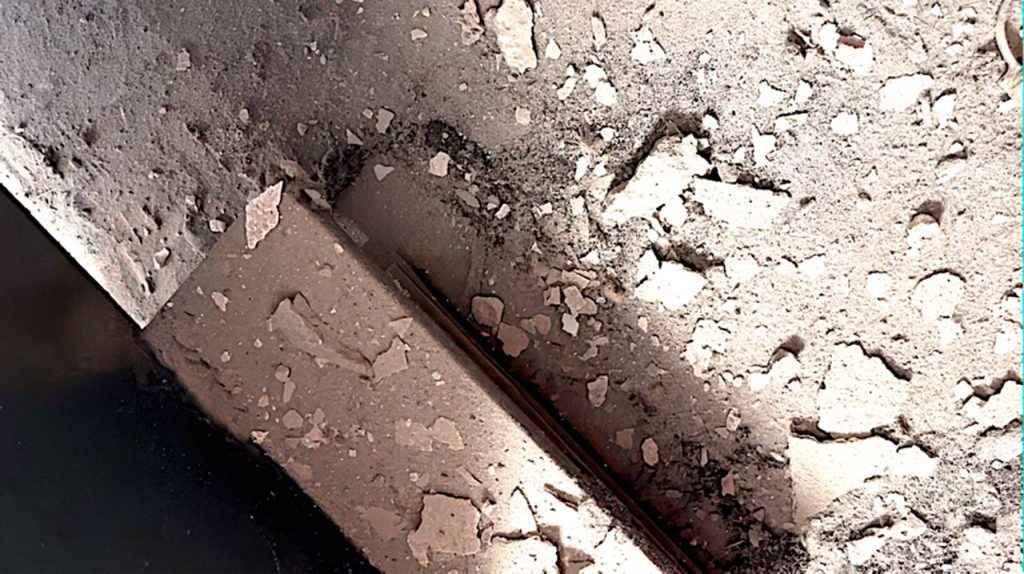
Get more of Elevator World. Sign up for our free e-newsletter.




